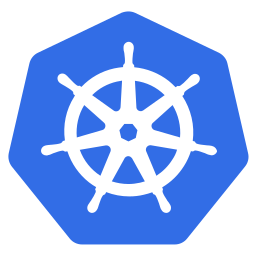2013-06-24 | 阅读(804)
来到芝加哥后好久没写博客了,有些文章本想翻译后介绍给大家,可如今越发没先前那翻译的意愿了,所以不妨直接贴出原文如下:
I previously covered using Network Link Conditioner to test how your app does in less-than-ideal network scenarios. One of the inconveniences of using it is in order to test your app on a device, you have to take the extra steps to configure a proxy on your computer that your device can connect to over a wi-fi connection. Well, not anymore. With iOS 6, Apple has given us Network Link Conditioner right on the device.
To get started with Network Link Conditioner, first your device must be set up as a developer device. If you haven’t done this yet, you’ll need to go to Xcode, open Organizer (Shift-Command-2), select your device, and click the button that says Use for Development to add the device your developer account. Once you’ve done that, you should be able to open Settings on your device and see a Developer menu near the bottom, just above the apps list. Tapping on that reveals some helpful settings, Network Link Conditioner Status obviously being the one relevant to our interests here. 阅读全文 >>

